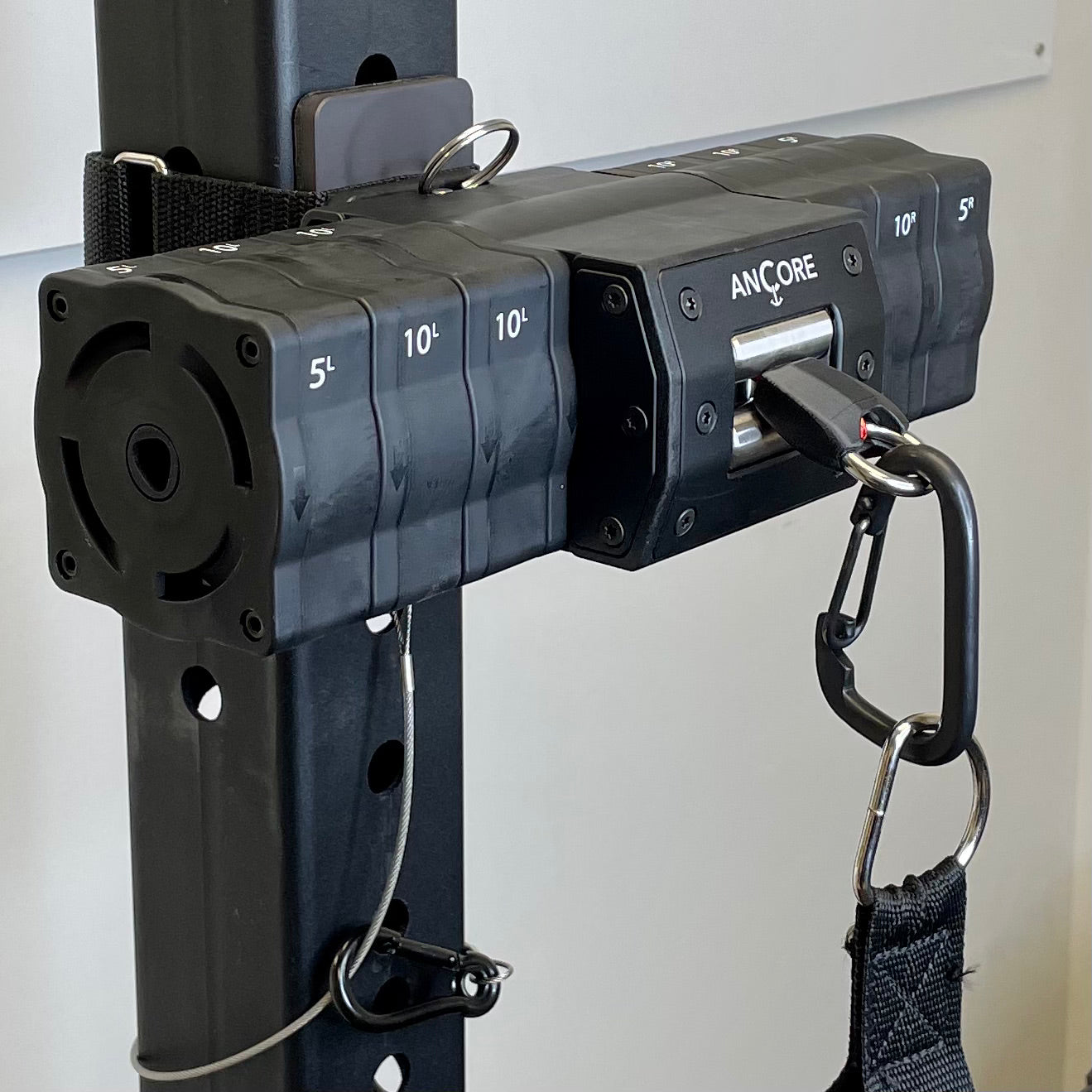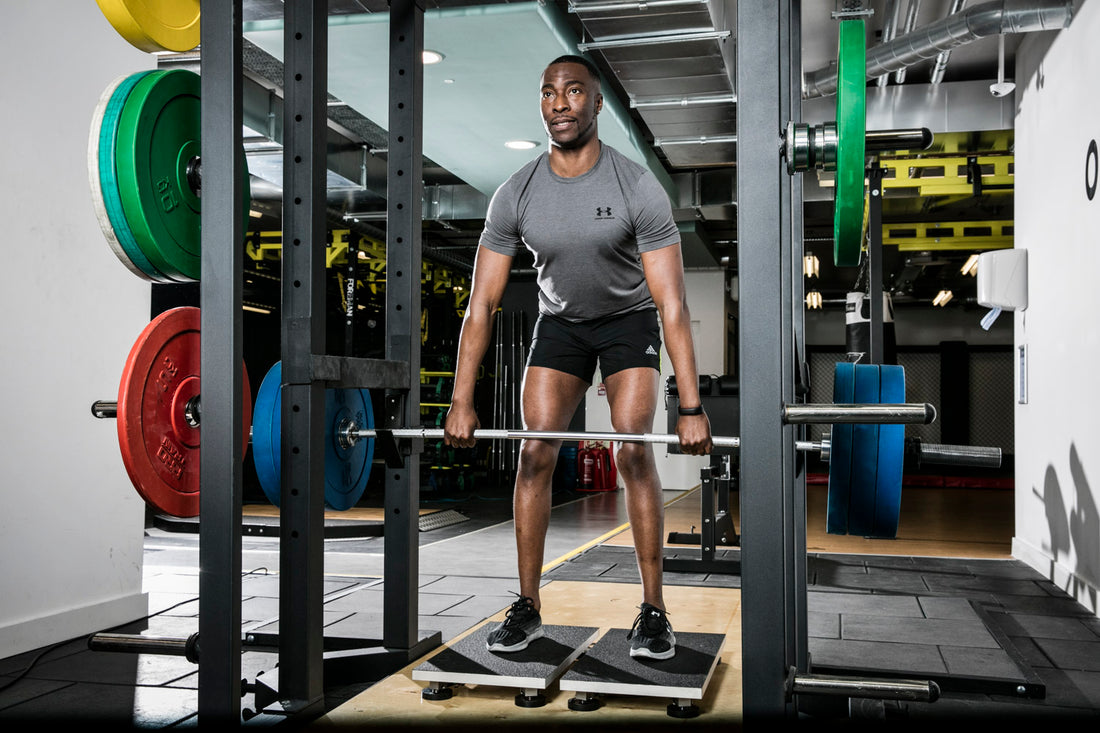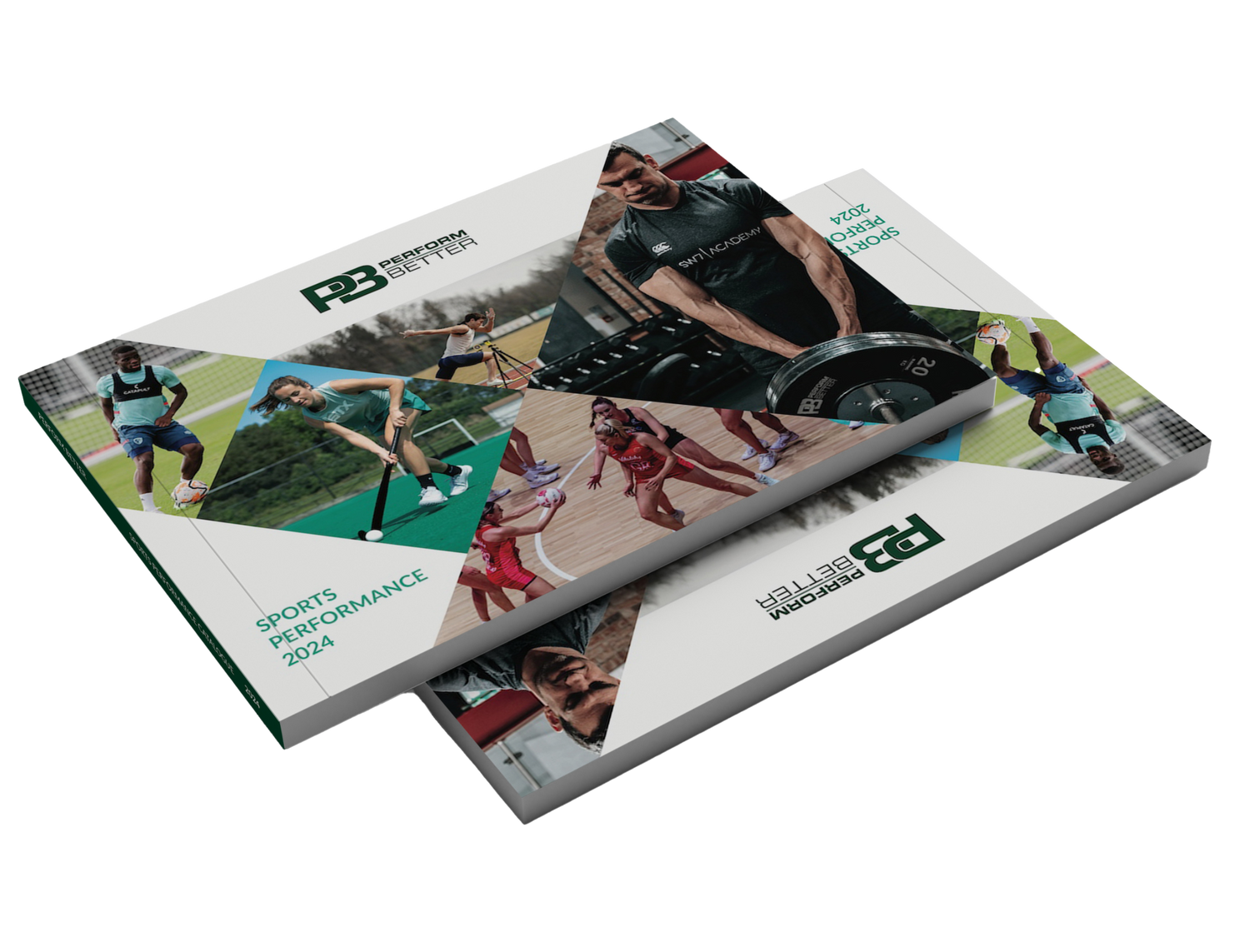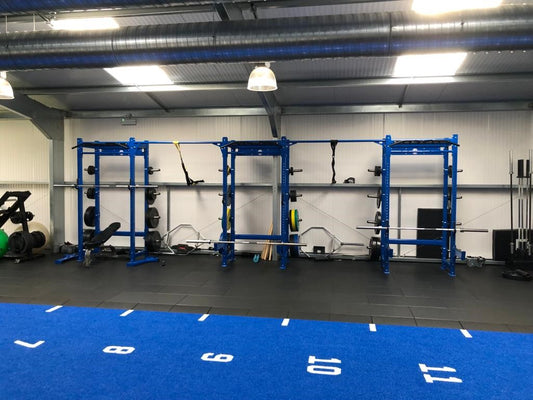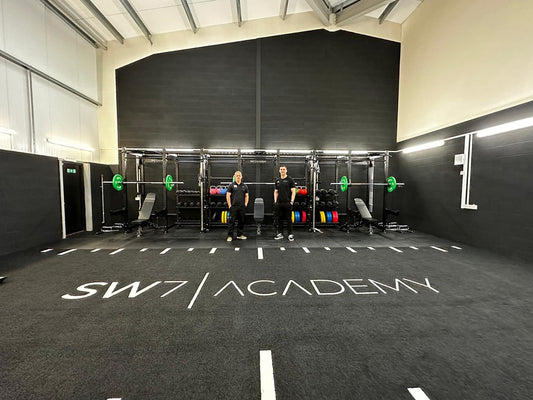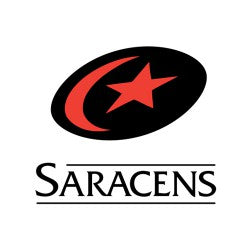Abstract
Asymmetries in isometric force-time characteristics are not detrimental to change of direction speed. J Strength Cond Res 32(2): 520-527, 2018
The purpose of this study was to determine the impact of between-limb asymmetries in isometric midthigh pull (IMTP) force-time characteristics on change of direction speed (CODS). Twenty multisport collegiate athletes (mean ± SD: age: 21.0 ± 1.9 years; mass: 78.7 ± 8.9 kg; and height: 1.77 ± 0.04 m) performed 3 unilateral stance IMTP trials per limb and 3 modified 505 CODS trials each side to establish imbalances between left and right and dominant (D) and nondominant (ND) limbs.
Limb dominance was defined as the limb that produced the highest isometric force-time value or faster CODS performance. Paired sample t-tests and Hedges g effect sizes revealed no significant differences in IMTP force-time characteristics and CODS performance between left and right limbs (p > 0.05, g ≤ 0.37). However, significant differences were observed between D and ND limbs for all IMTP force-time characteristics and CODS performance (p < 0.001, g = 0.39-0.73).
No significant correlations were observed between IMTP asymmetries and CODS asymmetry (p ≥ 0.380, r ≤ -0.35), and no significant differences were observed in CODS performance between athletes of lesser and greater IMTP asymmetries (p ≥ 0.10, g ≤ 0.76). Poor percentage agreements (40-60%) between like-for-like classifications of asymmetry (i.e., either both asymmetrical or both balanced) for CODS and IMTP force-time characteristics were demonstrated.
Asymmetries in IMTP force-time characteristics and CODS performance were present; however, greater IMTP asymmetries had no detrimental impact on CODS performance and did not equate to greater asymmetries in CODS performance.
Therefore, collegiate athletes with asymmetries within the range reported within this study (≤13%) should not experience detriments to CODS or faster performance from that limb during 180° turns.
